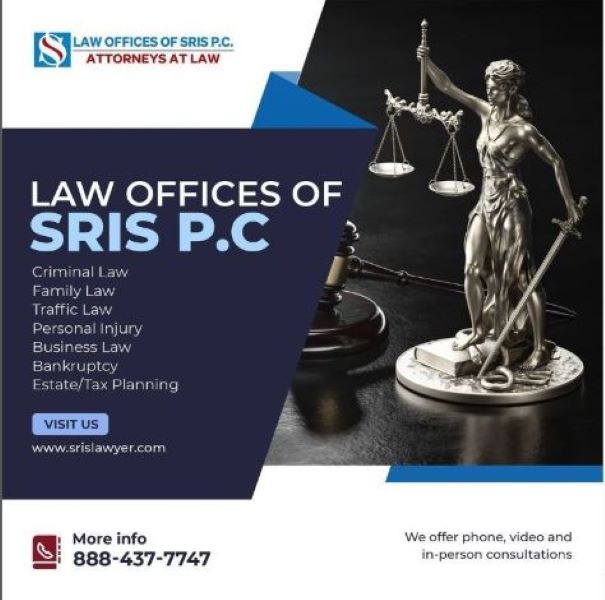Introduction:
Divorce can be a challenging and emotionally taxing process, but understanding the legal steps involved can make it more manageable. If you’re considering a divorce in Virginia, it’s essential to be aware of the specific procedures and requirements in the state. This guide will provide an overview of the steps involved in obtaining a divorce in Virginia.
Grounds for Divorce in Virginia:
Virginia recognizes both fault-based and no-fault grounds for divorce. To file for a no-fault divorce, the couple must live separately for a certain period, usually six months if they have no children or one year if there are children involved. Alternatively, fault-based grounds such as adultery, cruelty, or abandonment can also be cited as reasons for divorce.
Residency Requirements:
Before filing for divorce in Virginia, at least one spouse must be a resident of the state for six months before filing. Additionally, the divorce action can be filed in the city or county where either spouse resides.
Legal Separation:
If pursuing a no-fault divorce, spouses must live separately and apart without any cohabitation. This separation period is crucial, and it’s recommended to establish a clear timeline to provide evidence for the court.
Filing for Divorce:
To initiate the divorce process, one spouse (the petitioner) must file a Complaint for Divorce with the appropriate circuit court. The filing spouse should ensure that they meet all the necessary legal requirements and include relevant information, such as grounds for divorce, property division, spousal support, and child custody arrangements if applicable.
Serving the Divorce Papers:
After filing, the petitioner is responsible for serving the divorce papers to the other spouse (the respondent). This can be done through a sheriff, a private process server, or through certified mail with return receipt requested. Proper service is critical for the court to proceed with the divorce proceedings.
Response from the Respondent:
Once served, the respondent has a specific timeframe to file a response to the divorce petition. If the respondent agrees to the terms outlined in the petition, they may file an Answer and Waiver. If there is disagreement on any issues, the divorce becomes contested, and additional legal proceedings may be necessary.
Negotiating Settlements:
In uncontested divorces, spouses may negotiate and reach agreements on issues such as property division, alimony, and child custody without court intervention. This can expedite the process and reduce legal fees.
Court Hearings:
For contested divorces or cases where agreements cannot be reached, court hearings may be required. During these hearings, both parties present their cases, and the court makes decisions on unresolved issues based on Virginia law.
Finalizing the Divorce:
Once all issues are resolved, the court will issue a Final Decree of Divorce. This legal document officially terminates the marriage, outlining the agreed-upon terms or the court’s decisions regarding property, support, and custody.
Conclusion:
Navigating the divorce process in Virginia involves understanding the legal requirements, residency rules, and steps for filing and finalizing the divorce. Consulting with an experienced family law attorney can provide valuable guidance and support throughout this challenging process. While divorce can be emotionally challenging, having a clear understanding of the legal procedures can help individuals make informed decisions and move forward with their lives.

